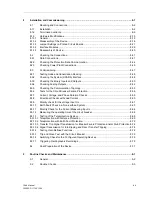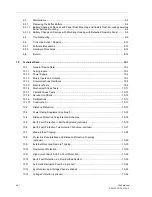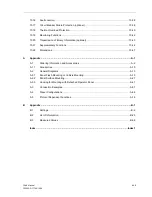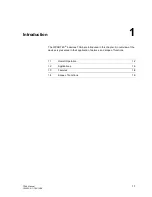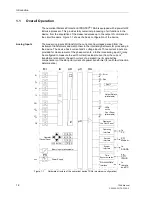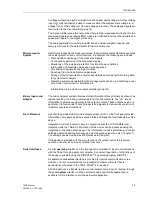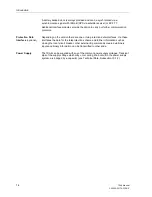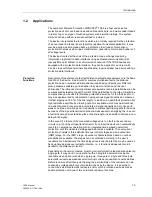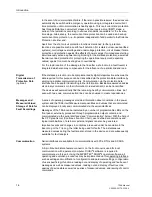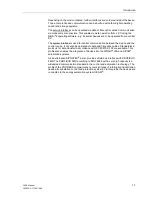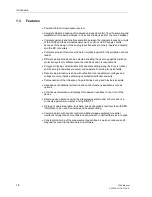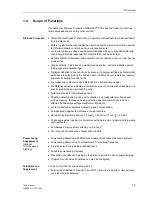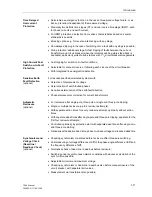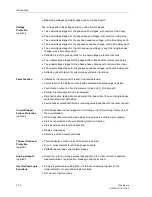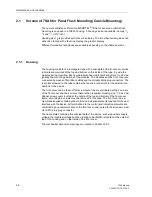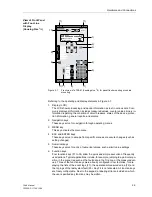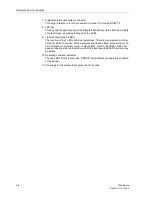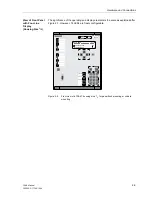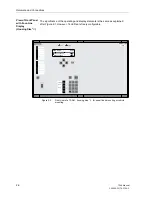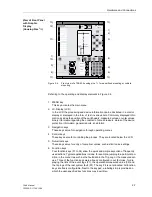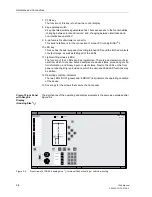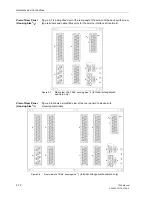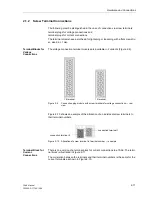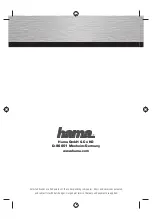
Introduction
1-11
7SA6 Manual
C53000-G1176-C156-2
Time Delayed
Overcurrent
Protection
•
Selectable as emergency function in the case of measured voltage failure, or as
back up function independent of the measured voltage;
•
Maximally two definite time stages (DT) and one inverse time stage (IDMT), each
for phase currents and earth current;
•
For IDMT protection a selection from various characteristics based on several
standards is possible;
•
Blocking options e.g. for reverse interlocking with any stage;
•
Non-delayed tripping in the case of switching onto a fault with any stage is possible;
•
Stub protection: additional stage for fast tripping of faults between the current
transformer and circuit breaker (when the isolator switching status feed back is
available); particularly suited to sub-stations with 1
1
/
2
circuit breaker arrangements.
High Current Fast
Switch-on-to-Fault
Protection
•
Fast tripping for switch-on-to-fault conditions;
•
Selectable for manual closure or following each closure of the circuit breaker;
•
With integrated line energization detection.
Sensitive Earth
Fault Detection
(optional)
For resonant-earthed or isolated systems with
•
Detection of displacement voltage
•
Determination of earth-faulted phases
•
Sensitive determination of the earth fault direction
•
Phase displacement correction for current transformers
Automatic
Reclosure
(optional)
•
For reclosure after single-pole, three-pole or single and three-pole tripping;
•
Single or multiple reclosure (up to 8 reclosure attempts);
•
With separate action times for every reclosure attempt, optionally without action
times;
•
With separate dead times after single-pole and three-pole tripping, separate for the
first four reclosure attempts;
•
Controlled optionally by protection start with separate dead times after single, two
and three-pole starting
•
Optionally with adaptive dead time, phase-to-phase voltage and reduced dead time
Synchronism and
Voltage Check
(Dead-line /
Dead-bus Check)
(optional)
•
Checking synchronism conditions before reclosure after three-pole switching;
•
Fast measuring of voltage difference U diff of the phase angle difference
ϕ
diff and
the frequency difference f diff;
•
Alternative check of dead-line / dead-bus before reclosure;
•
Switching under asynchronous network conditions with advance calculation of the
synchro-time possible;
•
Adjustable minimum and maximum voltage;
•
Checking synchronism or dead-line / dead-bus also before manual closure of the
circuit breaker, with separate limit values;
•
Measurement via transformer also possible;
Summary of Contents for siprotec 7SA6
Page 2: ...Siemens Aktiengesellschaft Book No C53000 G1176 C156 2 ...
Page 18: ...xviii 7SA6 Manual C53000 G1176 C156 2 ...
Page 32: ...Introduction 1 14 7SA6 Manual C53000 G1176 C156 2 ...
Page 82: ...Hardware and Connections 2 50 7SA6 Manual C53000 G1176 C156 2 ...
Page 119: ...SIPROTEC 4 Devices 4 25 7SA6 Manual C53000 G1176 C156 2 Figure 4 20 CFC Logic example ...
Page 190: ...Configuration 5 62 7SA6 Manual C53000 G1176 C156 2 ...
Page 652: ...Installation and Commissioning 8 78 7SA6 Manual C53000 G1176 C156 2 ...
Page 724: ...Technical Data 10 56 7SA6 Manual C53000 G1176 C156 ...
Page 800: ...Appendix A 76 7SA6 Manual C53000 G1176 C156 2 ...
Page 866: ...Appendix B 66 7SA6 Manual C53000 G1176 C156 2 ...

